Pickleball, a sport that combines the best of tennis, badminton, and ping pong, has been sweeping the nation with its addictive and exhilarating gameplay. For those who are avid pickleball fans, there is a strategy that is making waves in the community – the ‘Bert’ strategy. But what exactly is a ‘Bert’ in pickleball? This article will delve into the depths of this intriguing strategy, uncovering its origins, its execution, and why it is a game-changer for pickleball lovers everywhere. So, grab your paddles, put on your game face, and discover the secrets behind the ‘Bert’ strategy!
What Is a “Bert” in Pickleball?
A “Bert” in pickleball refers to a specific type of shot or technique used in the sport. It is named after its inventor, Bert Myrin, who developed this move in the 1960s.
It is often used as an offensive shot, aimed to catch opponents off guard and gain control of the point.But aside from just being a flashy move, the Bert shot serves an important purpose in pickleball strategy. By using this shot, players can effectively change the speed and trajectory of the ball, making it difficult for their opponents to anticipate and return.
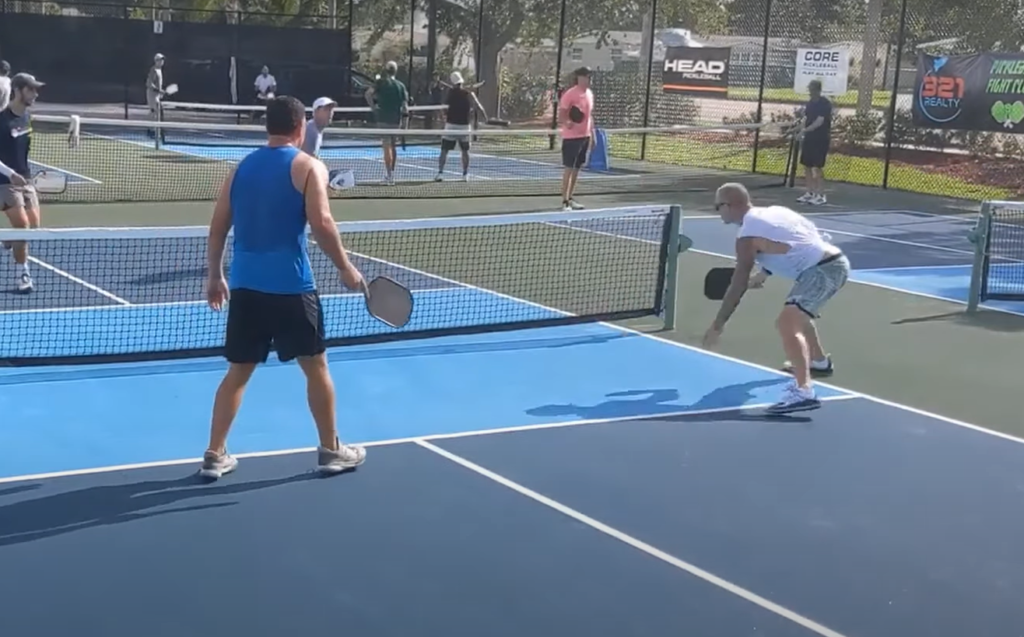
In addition to its tactical advantages, the Bert shot also requires a certain level of skill and practice to master. It involves precise timing, coordination, and control of both the paddle and wrist. As such, it is often considered an advanced technique that is not commonly used by beginner players.
However, as pickleball continues to gain popularity and attract more competitive players, the use of the Bert shot has become more widespread. Skilled players are constantly looking for ways to improve their game and gain an edge over their opponents, and the Bert shot offers just that.
So whether you’re a seasoned pickleball player or just starting out, learning the “Bert” can certainly elevate your game and add some excitement to your play. Just be sure to practice and perfect this technique before attempting it in a high-pressure match situation [1].
Differentiating Bert Shot from Erne Shot
In the sport of pickleball, two shots that are often confused with each other are the Bert shot and Erne shot. While both shots require finesse and precision, there are key differences between them that can greatly impact a player’s success on the course.
Erne shot, also known as a pop shot or flop shot, is a high-lofted shot that is used to get the ball over an obstacle such as a bunker or water hazard. It requires a steep swing and open clubface to achieve maximum height and spin on the ball. The name “Erne” comes from the course at Lahinch Golf Club in Ireland where this type of shot was first popularized.
On the other hand, Bert shot is a low-trajectory shot that is used to roll the ball along the ground and avoid obstacles. It requires a shallow swing and closed clubface to keep the ball from flying too high. The name “Bert” comes from golfer Bert Yancey who was known for his skill in hitting this type of shot.
One way to remember the difference between these two shots is to think “up for Erne, down for Bert”. In other words, the Erne shot goes up and over while the Bert shot stays low and rolls along the ground. Both shots require practice and technique to master, but they can greatly improve a player’s ability to navigate different types of terrain on the course.
In addition to their different trajectories, Bert and Erne shots also differ in terms of their use in certain situations. Generally, an Erne shot is used when a golfer needs to get the ball over an obstacle or onto a raised green. It can also be used for short distances where a high trajectory is desired. On the other hand, Bert shots are often used for longer distances and when a golfer wants to avoid hazards such as trees or bunkers.
It’s important for golfers to be familiar with both types of shots and their differences in order to have a well-rounded game. By understanding the techniques and situations in which each shot is best used, players can improve their overall performance on the course. So next time you’re out on the links, remember to keep these differences in mind and choose the right shot for the situation at hand.
Benefits and Strategic Advantages of Using the Bert Shot in Pickleball
The Bert shot is a highly effective and strategic move in the sport of pickleball. It involves hitting a low, fast shot that bounces close to the net and stays low, making it difficult for opponents to return. This shot offers numerous benefits and advantages for players who are looking to improve their game and gain an edge over their opponents.
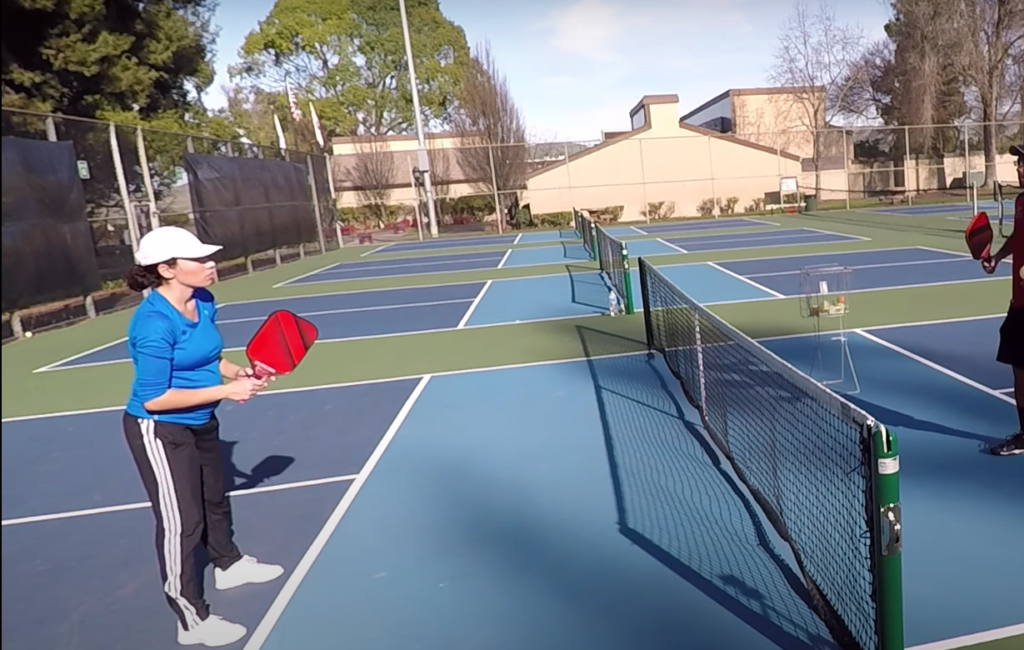
The Bert shot, a technique that demands precise timing and control, is a crucial skill to execute successfully on the court. By dedicating time and effort to master this shot, players not only enhance their overall accuracy and control in hitting shots but also elevate their ability to strategically place the ball on the court, maximizing their chances of scoring points and gaining an advantage over opponents. The meticulous attention given to the execution of the Bert shot ultimately results in a refined level of finesse and skill that can greatly impact a player’s performance on the basketball court.
Due to its low bounce and close proximity to the net, the Bert shot puts immense pressure on opponents, leaving them with limited options to make difficult returns. This not only challenges their skills but also creates openings for players to strategically exploit the situation. For instance, they can execute powerful smashes or perfectly placed drop shots, thereby increasing their chances of securing winning points and gaining a competitive edge in the game.
One of the key strategic advantages of using the Bert shot is that it can change the pace of play during a game. By mixing in slower, softer shots with faster and more aggressive shots, players can keep their opponents off balance and guessing, making it harder for them to anticipate and return shots effectively.
The Bert shot is not only effective in terms of gameplay, but it can also have a psychological impact on opponents. Continuously hitting low, fast shots that are difficult to return can lead to frustration and mistakes from opponents. This can give players a mental advantage and help them gain control of the game.
In doubles play, the Bert shot is particularly effective as it can often catch opponents off guard and create confusion on the court. It also allows for better communication between partners, as they can coordinate and strategize to set up winning shots after a successful Bert shot [2].
How to Hit a Bert on the Pickleball Court
Preparing for a Successful Bert Shot
To prepare for a successful Bert shot on the pickleball court, you should focus on three key areas: your grip, your body positioning, and your swing technique. They all work together to help you hit a powerful and accurate bert shot.
The first step in preparing for a bert shot is to make sure you have the correct grip on your paddle. For most players, using an eastern backhand grip is recommended. This means holding the paddle with your dominant hand’s index knuckle on the top of the paddle handle, and your thumb resting on the side of the handle. This grip allows for more wrist action and control during the shot.
Proper body positioning is crucial for a successful bert shot. To get into position, start by standing with your feet shoulder-width apart and facing towards the net. As you begin your backswing, rotate your body slightly towards the non-dominant side, keeping your knees bent and your weight on the balls of your feet. This positioning will allow you to generate more power and control during your shot.
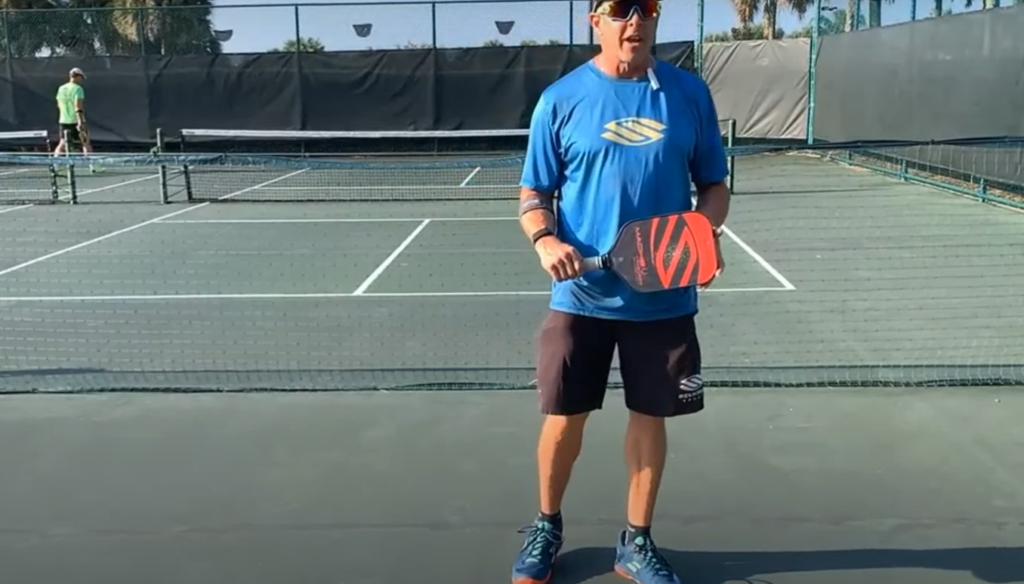
The key to hitting a successful bert shot is to use a combination of wrist action and arm extension. As you swing forward, snap your wrist downwards and extend your arm fully, allowing the paddle to make contact with the ball at its highest point. This will give you more power and control over the shot.
Timing and Movement Considerations
Timing and movement are also important factors to consider when attempting a bert shot. It’s important to time your swing correctly so that the ball is at the peak of its bounce when you make contact with it. This will give you more power and control over the shot.
Additionally, it’s essential to move your body towards the non-dominant side as you hit the shot. This will help you generate more momentum and power, ultimately resulting in a more powerful and accurate bert shot.
Execution Guidelines and Footwork Techniques
To execute a bert shot successfully, it’s crucial to have proper footwork techniques. As you start your swing, take a small step towards the non-dominant side, and then pivot your back foot as you make contact with the ball. This will help you generate more power and control over the shot.
Additionally, it’s essential to keep your body weight moving forward towards the net as you hit the shot. This will help you maintain balance and control, ultimately resulting in a more accurate bert shot.
Progression from Mastering the Erne Shot to the Bert Shot
The Erne shot and the bert shot are two advanced shots in pickleball that require similar skills and techniques. Mastering the Erne shot, which involves hitting a ball out of the air near the sidelines using an open stance, can help you progress towards mastering the bert shot.
Both shots require proper grip, body positioning, timing, and movement to be executed successfully. However, the bert shot has the added element of using a combination of wrist action and arm extension, making it slightly more challenging to master.
Mistakes to Avoid When Hitting a Bert
Lack of Communication and Awareness
Sports, and especially those that involve team effort, require constant communication between players. This is to ensure coordination, avoid overlapping of roles or movements and most importantly, to stay updated on the game progress.
Players who are not vocal or do not communicate effectively could end up making mistakes that could cost their team points. This can be avoided by participating in team activities outside of practice sessions, such as team building exercises or social events. It is also important for players to constantly communicate during the game, whether it be through hand signals or verbal cues.
Lack of Physical and Mental Preparation
In order to perform at their best, athletes must train both physically and mentally. Neglecting one aspect can lead to a lackluster performance on the field.
In addition to physical preparation, mental preparation is equally important. This includes visualization techniques, positive self-talk and having a strong mindset. Athletes should also be aware of their emotions and learn how to manage them in high-pressure situations on the field.
Stepping on the Kitchen Line
In sports such as basketball or volleyball, stepping on the line during a serve can result in a fault and loss of points. This small mistake may seem insignificant, but it can have a big impact on the outcome of the game.
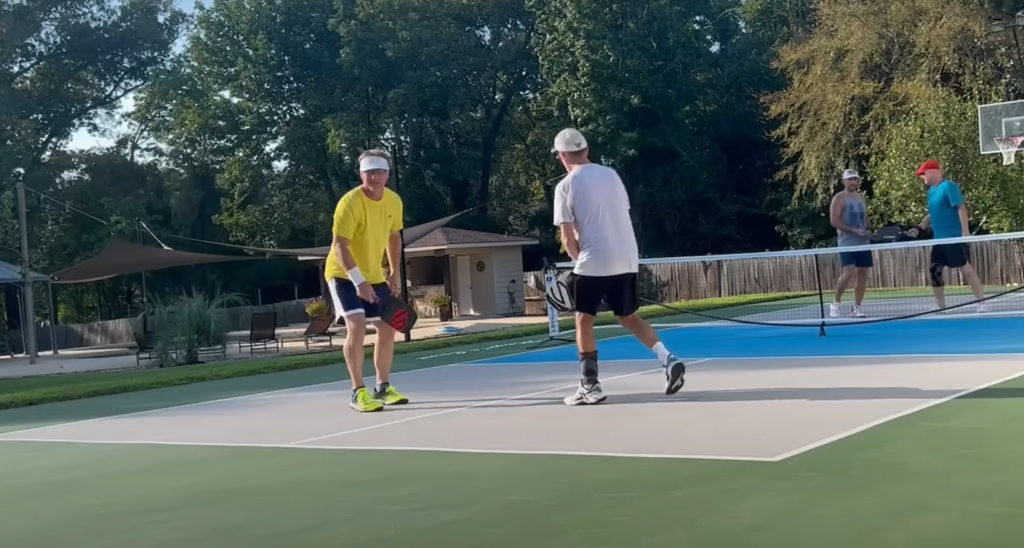
To avoid this mistake, it is important for athletes to practice their footwork and be aware of their positioning on the court. They should also focus on the task at hand and avoid distractions that may cause them to step on the line.
Failing to Anticipate Opponents’ Shots or Moves
In any sport, it is important for players to anticipate their opponents’ moves in order to have a strategic advantage. Failing to do so can result in being caught off-guard and making mistakes that could cost the team.
To avoid this mistake, athletes should watch game footage and analyze their opponents’ tactics. They should also pay attention to their opponents’ body language and be ready to adapt to unexpected changes in their plays.
Violating Boundaries and Faulting
In some sports, such as tennis or badminton, violating boundaries or committing a fault can result in point deductions. This can happen due to carelessness or lack of knowledge about the rules.
To prevent this mistake, athletes should familiarize themselves with the rules and regulations of their sport and practice proper technique to avoid committing faults. They should also pay attention to their positioning and be mindful of the boundaries during gameplay.
FAQ
What is Bert in Pickleball?
Bert is a term used to describe a specific type of shot in pickleball. It refers to a soft dink or drop shot that lands just over the net and then bounces back towards the player’s side of the court. This shot is often used as a strategy to catch opponents off guard and get them out of position.
Why is it called Bert?
The origin of the term “Bert” in pickleball is not entirely clear. Some believe it may have originated from the sound that the ball makes when it bounces back towards the player after hitting the court.
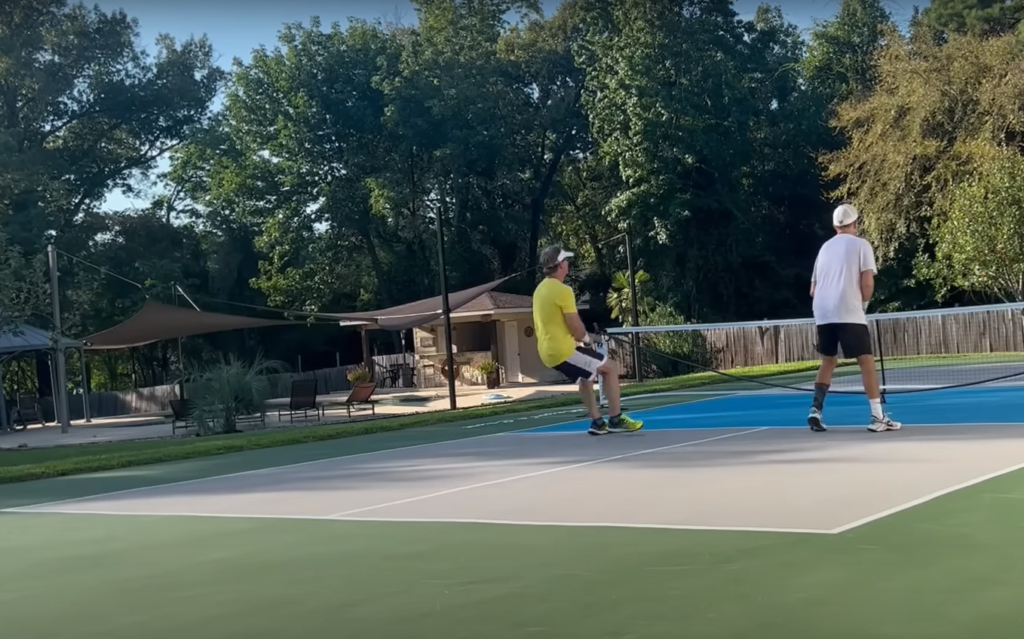
Others speculate that it may have been named after a specific player who was known for using this shot effectively. Regardless of its origins, “Bert” has become a common term used among pickleball players to describe this type of shot.
How do I execute a Bert?
Executing a Bert shot in pickleball requires precision and control. To perform a successful Bert, the player must lightly tap the ball with their paddle just enough to clear the net and cause it to drop quickly on the other side. This shot is often used when the opponent is positioned at the back of the court, and it can be very effective in changing the pace of the game and throwing off their rhythm.
When should I use a Bert?
A Bert shot can be used at various points during a pickleball game. It is commonly used as a return shot when receiving a serve, as it can often catch opponents off guard and create an opportunity to score. It is also commonly used as a strategy when opponents are positioned at the back of the court, allowing players to take control of the net and dictate the pace of the game.
Are there any risks in using a Bert?
As with any shot in pickleball, there are some risks associated with using a Bert. The main risk is that if the shot is not executed properly, it may result in a weak return that can be easily attacked by the opponent.
However, with practice and skill, a Bert can be a valuable addition to any player’s arsenal on the pickleball court. So don’t be afraid to give it a try and see how it works for you in different game situations!What is called an ernie in pickleball?
An “ernie” in pickleball is a slang term for a specific type of shot that is similar to the Bert. It involves hitting the ball with an overhead motion, typically from near the kitchen line, and aiming to drop it over the net and bounce back towards the player’s side of the court. The ernie is often used as a surprise attack against opponents who are positioned at the back of the court. Some players may also refer to this shot as a “front porch” or “overhead dink.” Like the Bert, it requires precise control and can be a valuable tool in the right situation on the pickleball court.
Useful Video: Here is a well executed “Bert” by Zayn Affleck at the 2020 PPA Georgia Open!! Enjoy 😎👌🏽
Conclusion Paragraph
So, a Bert in pickleball is the perfect tool to improve your game. Not only does it help with consistency and accuracy, but it also allows for versatility in practicing different shots and techniques. With a bert, you can practice your backhand, forehand, volleys, serves, and even lobs. It’s important to remember that using a bert in pickleball should not be the only way you practice, but it should be a complementary tool to help you improve your overall game.
References:
- https://thepickler.com/blogs/pickleball-blog/pickleball-bert
- https://www.pickypaddle.com/what-is-a-bert-in-pickleball/


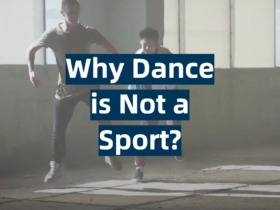


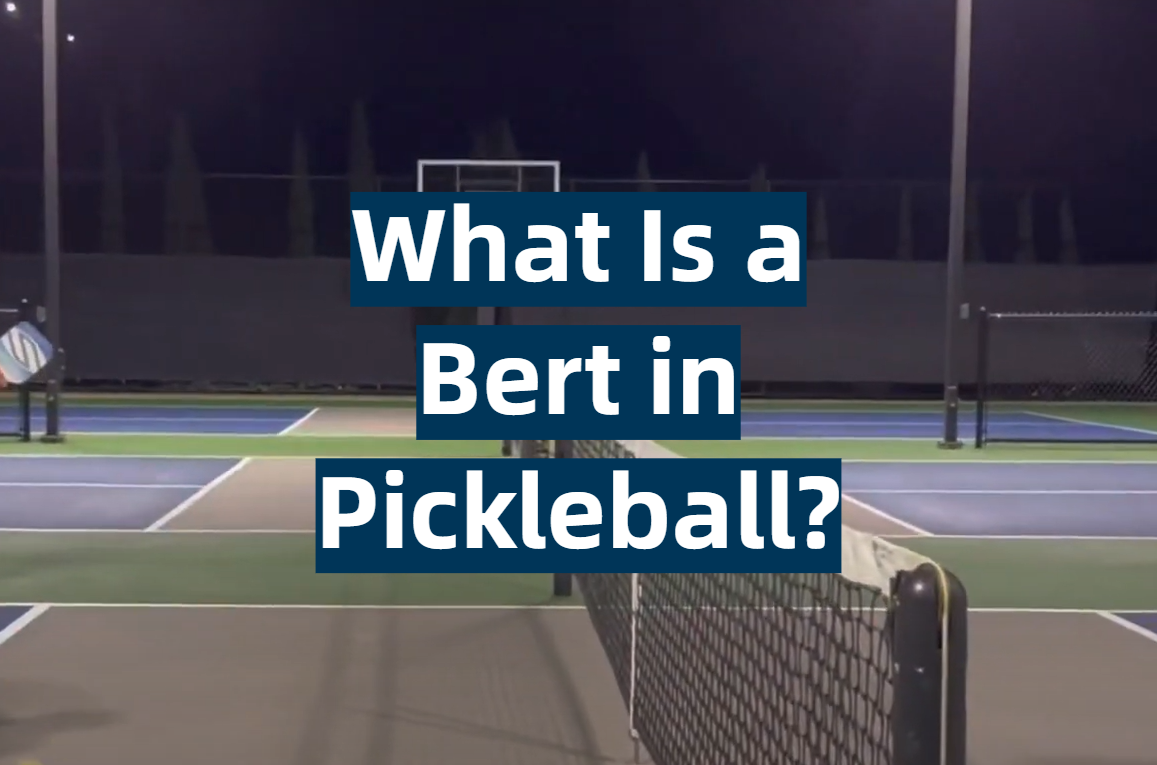
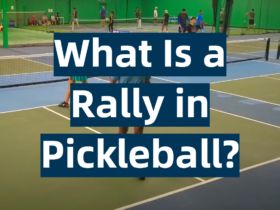
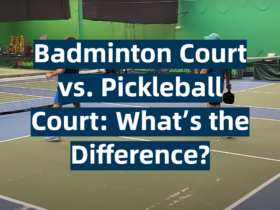

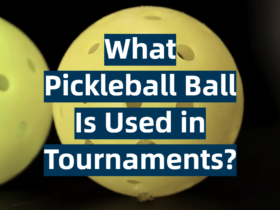
Leave a Review